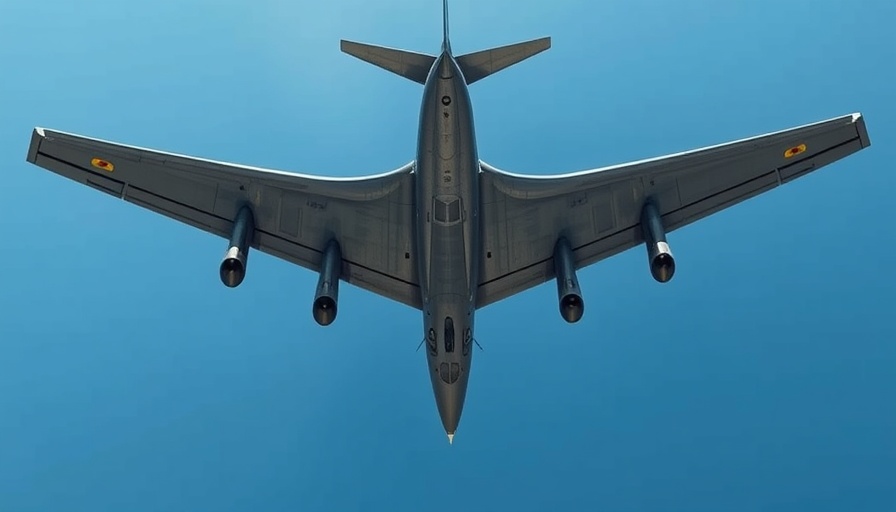
The Ingenious Engineering Behind the B-52's Landing Gear
The Boeing B-52H Stratofortress, affectionately known as the BUFF (Big Ugly Fat Fella), is not just another bomber in the skies. Its design includes a unique and ingenious feature: the ability to swivel its landing gear to counteract the effects of crosswinds. This clever engineering allows the massive aircraft to land smoothly and safely even in challenging weather conditions, a capability that was showcased during a recent airshow at RAF Fairford.
Why B-52 Landings are Unique and Challenging
Landing a B-52 presents its own set of challenges due to its narrow wheelbase and large tail. In conditions of heavy crosswinds, the aircraft cannot rely solely on traditional controls; this is where the landing gear's crabbing ability comes into play. As noted by aviation enthusiasts during discussions on Reddit, the B-52 can compensate for crosswinds by crabbing, which means it aligns the aircraft's heading with the runway while having the fuselage at an angle. It swivels the landing gear up to 20 degrees in either direction to maintain a stable approach.
The Science Behind Crabbing: Community Insights
Insights shared by aviation experts highlight that the B-52 compensates for its limited rudder authority during landings by using engine thrust and gear positioning. This ensures that the airplane can navigate sideways effectively without risking a wingtip strike. Interestingly, a similar technique is noted in other aircraft types, where maintaining control through alternative methods is crucial given certain design limitations.
Future Trends in Aircraft Landing Strategies
As aviation technology continues to advance, the principles behind the B-52’s landing techniques could inform future designs in both military and commercial aircraft. Innovations in aerodynamic controls and landing gear systems that adapt to environmental conditions will likely remain a focus for engineers and designers. These advancements could lead to even safer landing methods across a diverse range of aircraft.
Your Guide to Understanding Crosswind Landings
For those interested in aviation, understanding how aircraft like the B-52 manage landings in crosswinds enhances appreciation for the complexities involved in flying these machines. Engaging with community discussions, watching videos from airshows, and following advancements in aircraft technology can deepen your knowledge and interest.
 Add Row
Add Row  Add
Add 




Write A Comment